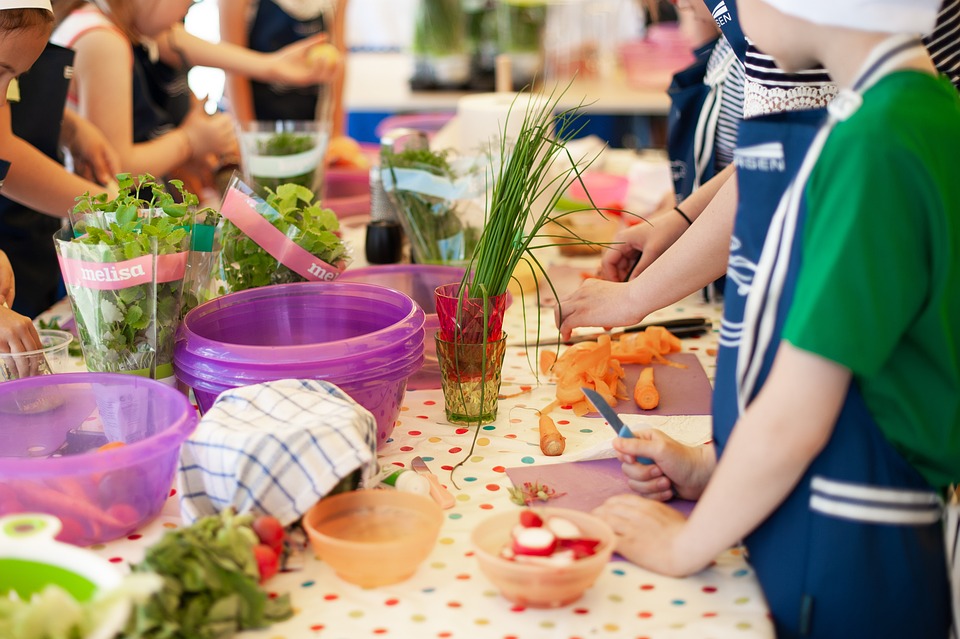Cooking thermometers are essential tools for anyone who wants to ensure that their meals are both safe and delicious. By using a cooking thermometer, you can accurately measure the internal temperature of your food, which is crucial for avoiding foodborne illnesses and achieving the perfect level of doneness.
Why Use a Cooking Thermometer?
When it comes to cooking meat, poultry, seafood, and other perishable foods, it’s important to ensure that they have reached a safe internal temperature to kill any harmful bacteria that may be present. By using a cooking thermometer, you can be confident that your food is safe to eat, reducing the risk of foodborne illnesses like salmonella, E. coli, and listeria.
Additionally, using a cooking thermometer can help you achieve the ideal level of doneness for your food. Whether you prefer your steak rare, medium-rare, or well-done, a thermometer can help you achieve the perfect result every time, eliminating the guesswork and ensuring a delicious meal.
Types of Cooking Thermometers
There are several types of cooking thermometers available, each with its own benefits and uses. Some of the most common types include:
- Instant-read thermometers: These are digital thermometers that provide a quick and accurate reading of the food’s temperature. They are ideal for checking the doneness of foods like meat and fish.
- Probe thermometers: These thermometers have a thin metal probe that is inserted into the food to measure its internal temperature. They are great for use in the oven or on the grill.
- Dial thermometers: These thermometers have a dial display and are often used for measuring the temperature of liquids like soups and sauces.
How to Use a Cooking Thermometer
Using a cooking thermometer is simple, but it’s important to follow some basic guidelines to ensure accurate readings and safe food preparation:
- Insert the thermometer probe into the thickest part of the food, away from any bones or fat. For thin cuts of meat, like burgers or chicken breasts, insert the probe sideways to get an accurate reading.
- Avoid touching any bones, gristle, or the pan when taking a temperature reading, as this can result in an inaccurate reading.
- Wait for the thermometer reading to stabilize before recording the temperature. This may take a few seconds for instant-read thermometers, or longer for probe thermometers.
- Follow recommended safe cooking temperatures for different types of food to ensure that they are cooked to a safe level. This information can be found in reputable sources like the USDA or FDA.
Conclusion
Using a cooking thermometer is a simple yet effective way to ensure that your meals are both safe and tasty. By accurately measuring the internal temperature of your food, you can avoid the risk of foodborne illnesses and achieve the perfect level of doneness every time. Whether you’re grilling, roasting, or pan-searing, a cooking thermometer is an essential tool for anyone who wants to enjoy delicious and safe meals.
FAQs
Q: Can I use a meat thermometer for measuring the temperature of other foods?
A: Yes, meat thermometers can also be used for measuring the internal temperature of poultry, fish, and other perishable foods.
Q: How do I clean and store my cooking thermometer?
A: Always clean your cooking thermometer with hot, soapy water after each use. Store it in a clean, dry place to prevent contamination.
Q: Can I leave my cooking thermometer in the food while it cooks?
A: It depends on the type of thermometer you are using. Instant-read thermometers should be inserted and removed quickly, while probe thermometers can be left in the food during cooking to monitor its temperature.
Q: Is it necessary to use a cooking thermometer if I already have experience in cooking?
A: While experience can certainly help in gauging the doneness of food, using a cooking thermometer provides an extra level of assurance and accuracy, especially when cooking large cuts of meat or poultry.


